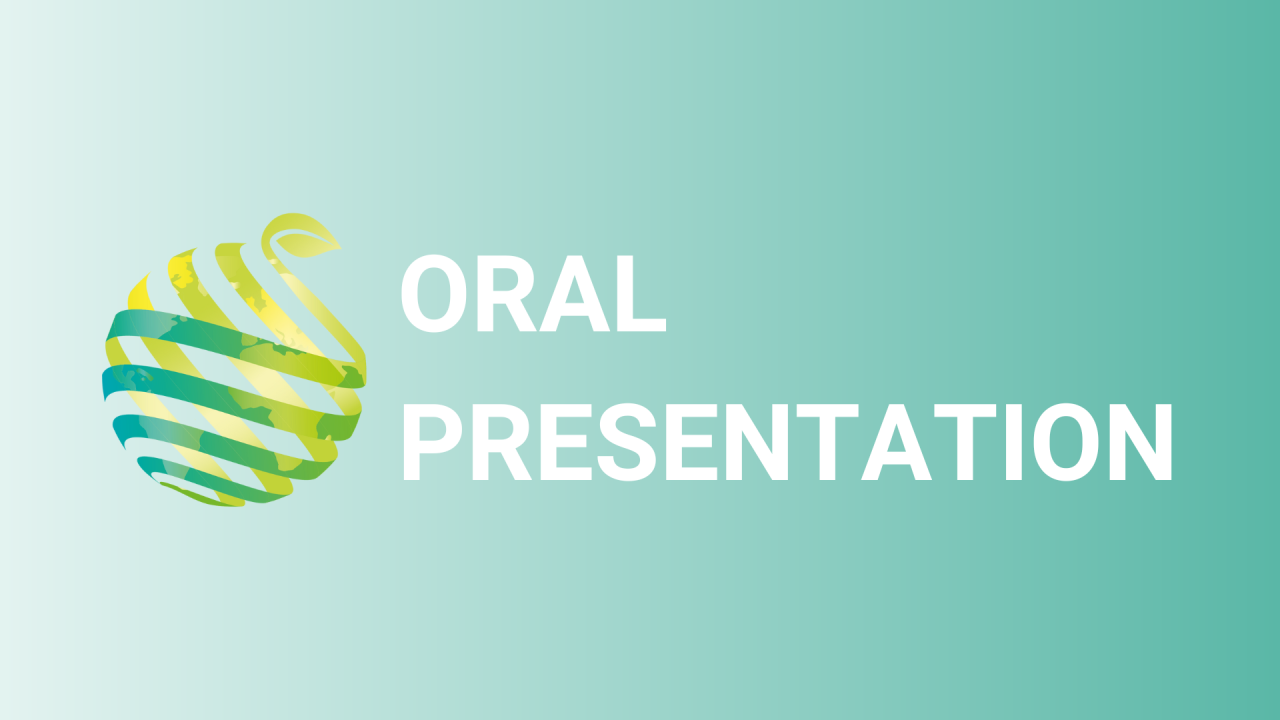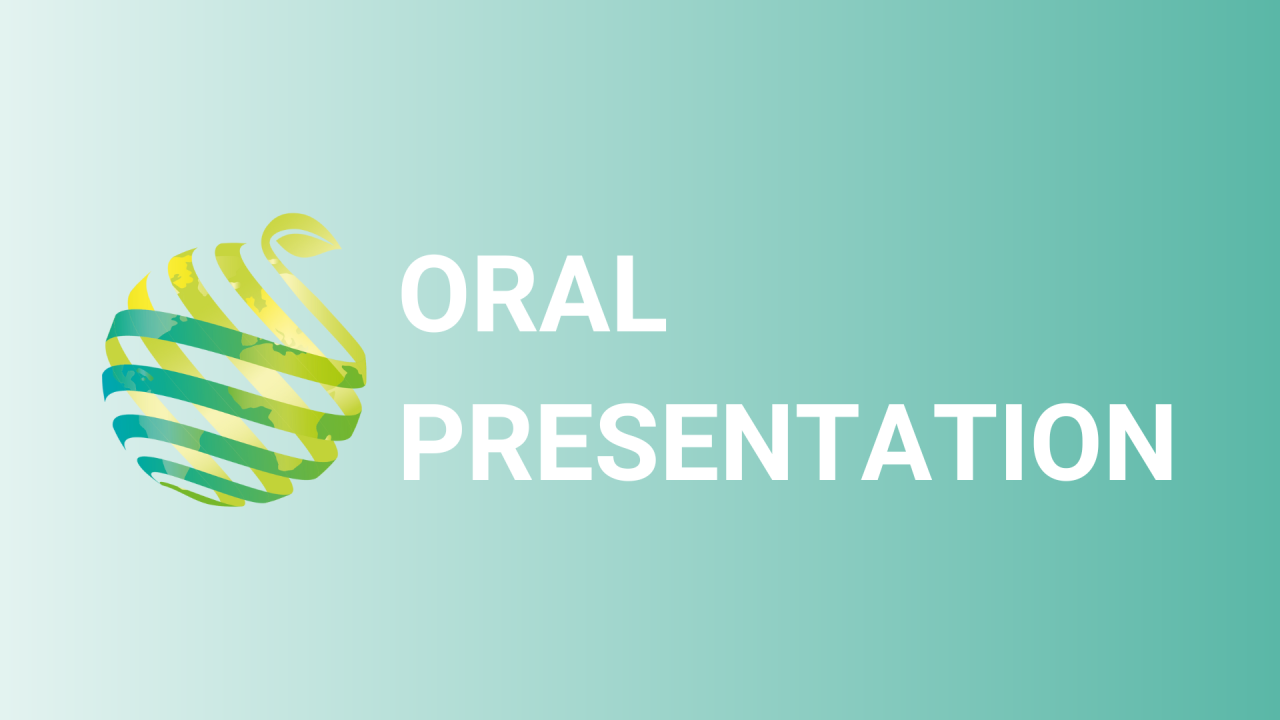

S13 - Session O1 - Irrigation management is a key farmer practice for a better use of nitrate; a case study in an intensive open field endive crop
Information
Authors: Alisa Barth, José Luis Ruiz-García, David Hortelano, María Rosa Martínez-Meroño, Margarita Parra, Diego Intrigliolo, José Salvador Rubio-Asensio *
The main source of nitrogen for most cultivated plants is nitrate. Agriculture has overused this nutrient, which has led to serious environmental problems in various parts of the world. The common practice in open intensive horticultural fields where soil has a high water retention capacity (e.g., high percentage of clay or silt) is irrigate two or three times per week. Technically and logistically this is much easier than make one or more irrigation events per day. In this work carry out on two cultivation cycles in an open field endive crop, under plastic soil mulching, we contrasted three irrigation strategies based on different frequency of irrigation events; 2 or 3 irrigations events per week, 1 irrigation event per day, and 3 irrigation events per day. The three irrigation strategies applied equal water and fertilizers doses. The results demonstrated that high irrigation frequency (3 events per day) increases shoot fresh weight (harvest yield), decreases nitrate concentration below the root zone (prone to leaching) and decreases nitrate concentration in the leaves (reducing risk to human health). A high concentration of roots in the superficial zone of the soil when high frequency and low dose per irrigation event were applied could explain these results. Therefore, the strategy of high frequency irrigation (three irrigations per day) or in some cases one irrigation per day, increases the efficient use of nitrate by increasing its use by the plant and therefore decreasing losses outside the agricultural system. The promising results obtained should now corroborated under different soil management strategies and textures where soil evaporation might be a more important component of the field water balance.